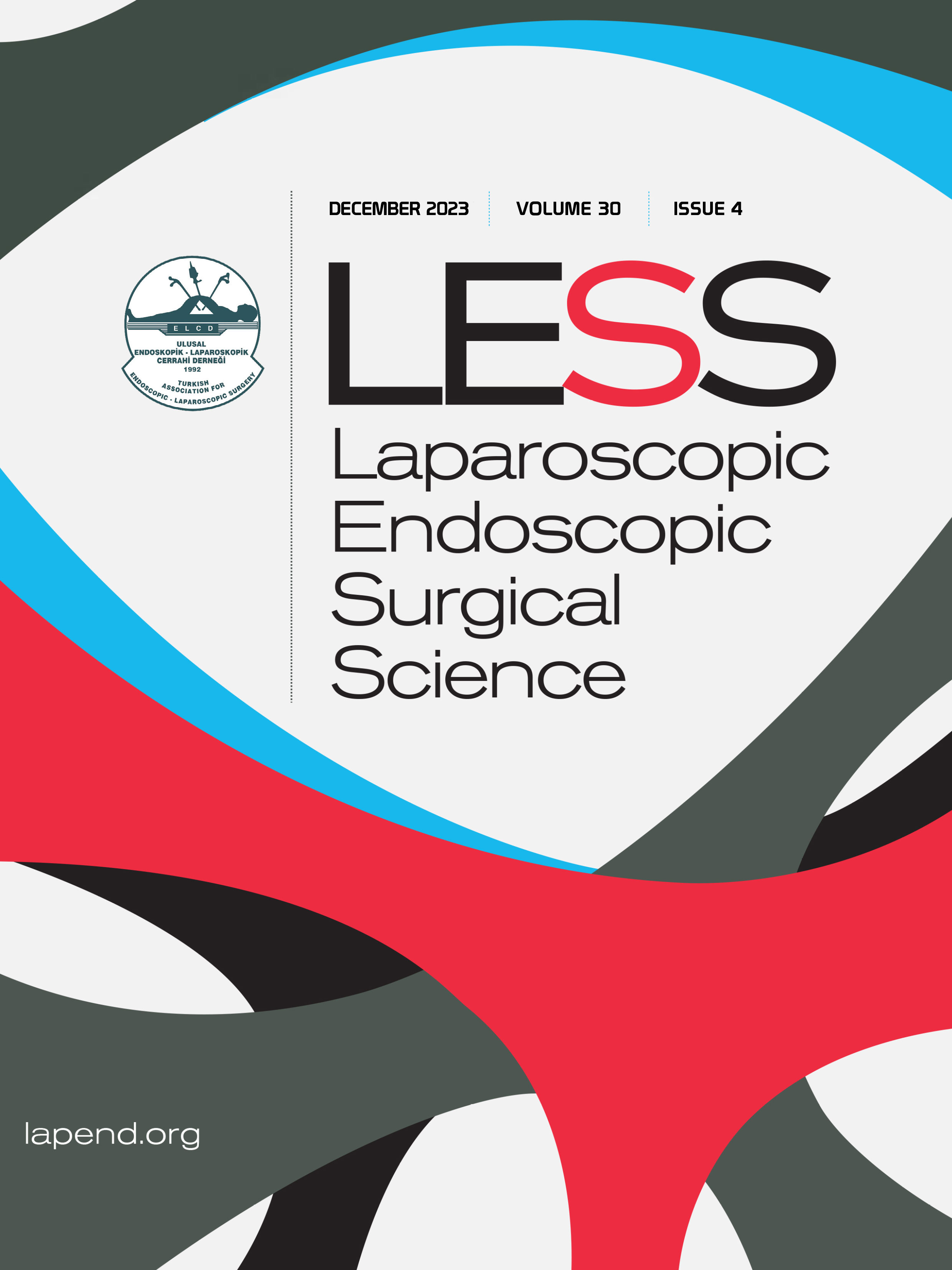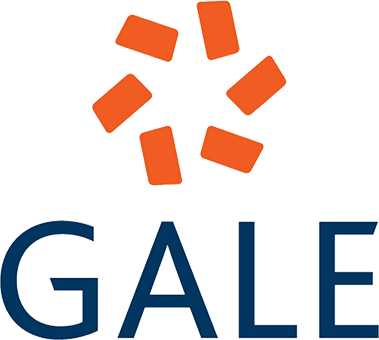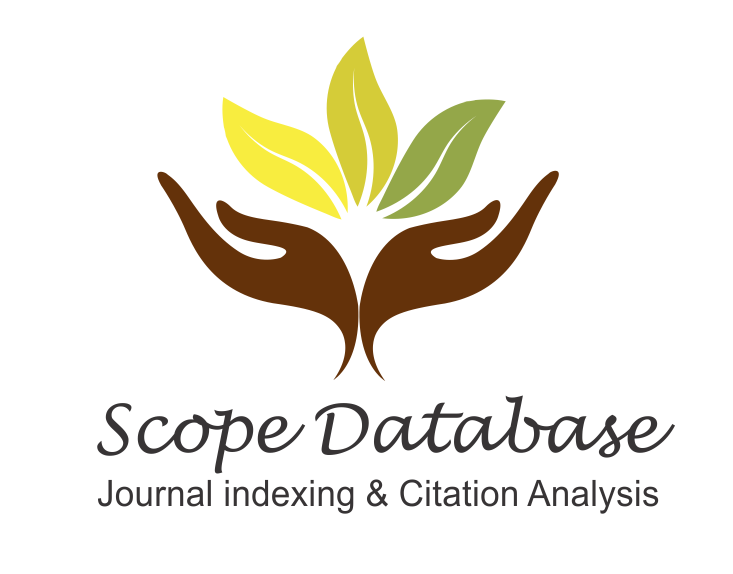Volume: 15 Issue: 2 - 2008
| RESEARCH ARTICLE | |
| 1. | Laparoscopic exploration of the common bile duct with a rigid scope in patients with problematic choledocholithiasis Ahmet Tekin, Zekai Ögetman Pages 54 - 61 INTRODUCTION: The development of laparoscopic cholecystectomy as a minimally invasive approach to eliminate gallstones, in conjunction with increasingly sophisticated techniques for removal of common bile duct (CBD) stones by endoscopic sphincteretomy, has revolutionized the treatment of choledocholithiasis. We describe a new technical approach to laparoscopic exploration of the CBD after unsuccessful endoscopic stone extraction. METHODS: Nine patients were subjected to laparoscopic exploration of the CBD with choledochotomy using a rigid scope (24-Fr nephroscope) during the last two years. Out these, eight patients had unsuccessful preoperative (5 cases) or intraoperative (3 cases) stone extraction, and one case had a single impacted stone 2.3 cm in diameter. Three patients had a single bile duct stone, whereas six patients had multiple stones. The size of stones ranged from 12 mm to 29 mm (mean, 16.7 ±3.8mm mm). RESULTS: Balloon dilation of the papilla of Vater was done in all patients. Most of the stones were fractured and pushed into the duodenum with rigid grasping forceps, but a lithotripter was required in two patients. The prevalence of stone clearance was 100%; complications related to the procedure were not observed. After CBD clearance, primary closure of the choledochotomy was achieved in eight patients. In one patient who had CBD perforation during a previous procedure, choledochotomy was closed over a T-tube. The mean operative time was 124 ±26.7 min (range, 84165 min) and the mean postoperative hospital stay was 4 ±1.7days days (range, 37 days). DISCUSSION AND CONCLUSION: Laparoscopic exploration of the CBD with a rigid scope is an efficacious procedure in dealing with unsuccessful endoscopic stone extraction. |
| 2. | Criteria for He Selection of Laparoscopic Approach in Patients with the Prediagnosis of Acute Appendicitis Metin Tilki, Yusuf Bolatkıran, Gülten Okuyan, Kemal Sırrı Özkan, Mehmet Talk, Emin Yılmaz User Pages 62 - 67 INTRODUCTION: The effects of laparoscopic approach on verifying diagnosis of acute appendicitis, negative appendectomies and non-productive exploration rates in cases with a pre diagnosis of acute appendicitis are evalutead in this trial. Furthermore, we also evaluated which factors might be important in determining the laparoscopic approach. METHODS: In this trial 25 patients operated via laparoscopy with pre diagnosis of acute appendicitis between January 2007 July 2009 were retrospectively evaluated. Patients younger than 16 years, older than 46 years and pregnant patients were excluded. Patients were grouped as acute appendicitis and non-appendicitis. RESULTS: The rates of encountering a diagnosis other than acute appendicitis during laparoscopic exploration was found statistically different between males and females (p<0.003). DISCUSSION AND CONCLUSION: Patient selection criteria for a laparoscopic approach in patients with prediagnosis of acute appendicitis are still unclear. For this uncertainty routine laparoscopy is advised for females. Also in this trial the rates of encountering a diagnosis other than acute appendicitis during laparoscopic exploration was found statistically different between males and females. However studies on this topic have not addressed the issue of radiologic criteria. Decision analysis trials including radiologic criteria are needed on this topic. |
| 3. | Analysis of Our Laparoscopic Cholecystectomy Cases Ismet Özaydın, Abdulkadir Iskender, Mehmet Yaşar, Yavuz Demiraran, Sami Doğan, Metin Aydın Pages 68 - 75 INTRODUCTION: Laparoscopic cholecystectomy (LC) is the gold standart operation in cholelithiasis. The aim of this study is to evaluate the LC performed in the General Surgery Department of Düzce University Medical School. METHODS: The data obtained from the cholecystectomy 311 cases between January 2005 and December 2008 were analysed retrospectively. RESULTS: The sex distribution of the cases was 191(%68,5) female and 88 (%31,5) male. Median age was 52.5±12 years and median age rate was higher in male patients (P<0.001). Indications for surgery were chronic cholecystitis in 261 (93.5 %), acute cholecystitis in 10 (3.6 %), adenocarcinoma 3(%1.1) gangrenous cholecystitis 2(%0,7) gallbladder polyps in 2 (0.7 %) and acalculous cholecystitis1(0,4%). Conversion to open cholecystectomy was needed in 12 (4.3%) patients. Causes of conversion were determined adhesions 5(41.2%) bleeding 2(16.8%), and biliary duct injury 2(16.8%) and intraoperative complications were gallbladder perforation (%46.2), bleeding 3(23.2%), biliary duct injury 2(15.3%) and the other problems 2(15.3%). Postoperative complications occured in 10(3.5 %) patients and wound infection 5(62.5%) biliary fistula 2(25.0%) and biliary duct bile leakage 1(%12.5). Operative time was 55 minutes. Median postoperative hospital stay was 2.6 days (8 hours-25 days). Overall morbidity rate was 14.9 % and there was no mortality. DISCUSSION AND CONCLUSION: In conclusion based on our results LC include less post operative discomfort since the incisions are much smaller, shorter hospital stays and operation time, earlier return to full activities and much smaller scars. |
| CASE REPORT | |
| 4. | Laparoscopic splenectomy in splenic artery and vein aneurysm with spontaneous artriovenous fistula. Case Report Umut Barbaros, Aziz Sümer, Onur Taylan Çelik, Tuğrul Demirel, Mustafa Tükenmez, Ahmet Dinçağ, Rıdvan Seven, Selçuk Mercan, Demir Budak Pages 76 - 79 Splenic artery aneurysm, although rare, is the commonest visceral aneurysm. Its management options have expanded with advances in minimally invasive techniques. Recently, the laparoscopic technique has gained popularity owing to its simplicity, safety, and short postoperative course in the experienced hand. Laparoscopic treatment of a 6 cm splenic artery and vein aneurysm in a 25-year-old woman case is presented. |
| 5. | Intragastric Baloon Causing Intestinal Obstruction Bülent Kaya, Yalım Uçtum, Rıza Kutaniş Pages 80 - 83 Morbid obesity is became a major health problem in last years. ntragastric baloon is one of the used treatment method for morbid obesity. It is a relatively non-invasive procedure with few complications. Although effectiveness of the intragastric baloon is contravertial it is used all over the world. The most commonly encountered problems with intragastric baloon are gastric and duodenal ulcer, gastric hemorrhage, small and large bowel obstruction. ntestinal obstruction usually detected in patients whose intragastric baloon were applied more than 6 months ago and causing intestinal obstruction with deflation. A 26 year old young male was presented with signs of intestinal obstruction. He had been given history of intragastric baloon application 3 months before. The deflated baloon was detected in abdominal graphy and computed tomography. He was diagnosed and operated with deflated intragastric baloon causing intestinal obstruction. |
| 6. | Laparoskopic excision of an adrenal schwannoma. Case Report Aziz Sümer, Umutt Barbaros, Musafa Tükenmez, Yeşim Erbil, Alp Bozbora, Selçuk Özarmağan Pages 84 - 87 Schwannoma is a benign nerve sheath tumor originating from the normal peripheral nerve. It is rare entity. Herein, we report our experience with the surgical treatment of an adrenal schwannoma case by minimally invasive technique. |















